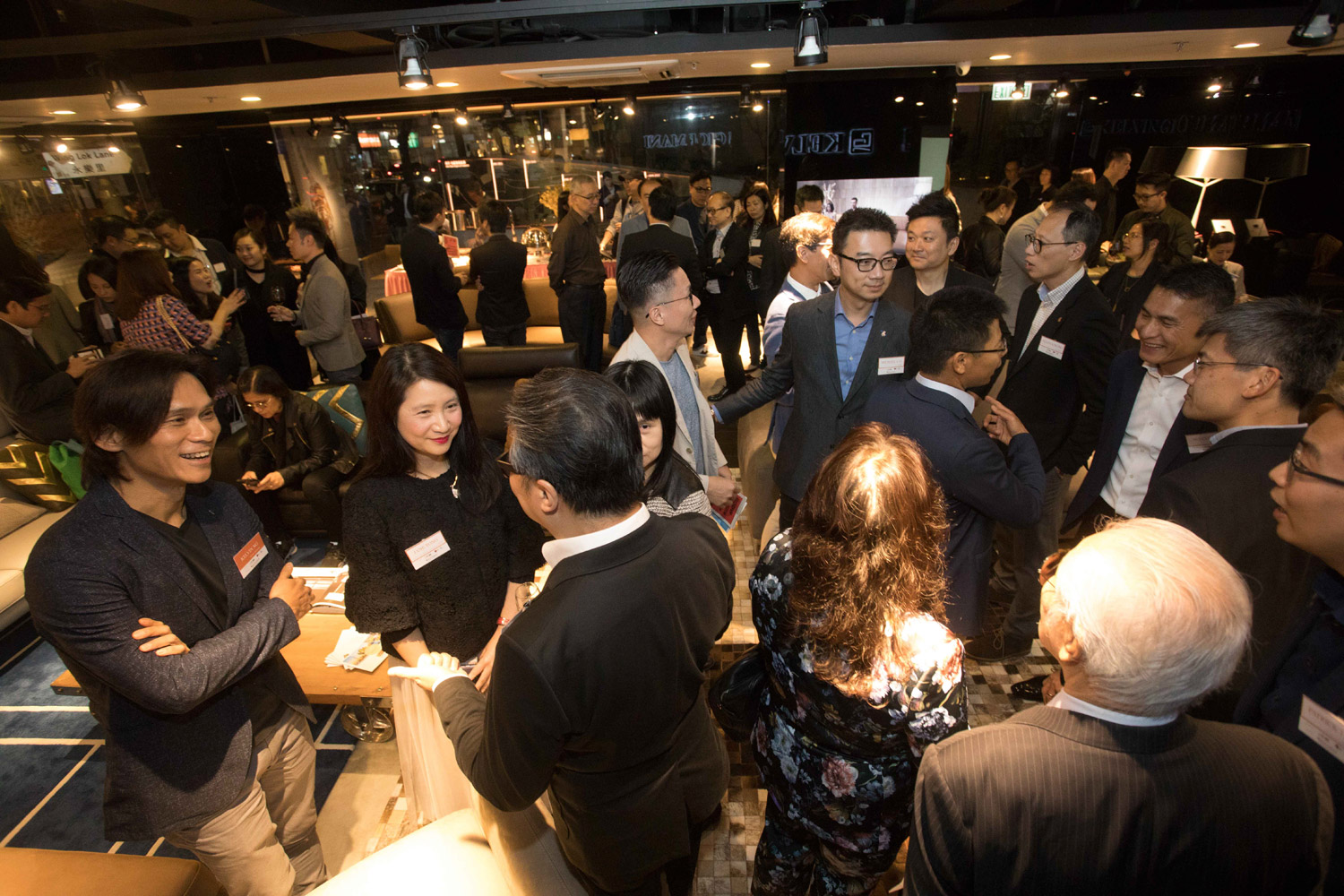Furniture design has always remained a profession that retains high barriers to entry by virtue of the sheer bulk of the designs and the engineering expertise required. As veterans and representatives of the Hong Kong product design scene, Kelvin Ng, founder of sofa brand Kelvin Giormani, and Samuel Chan, founder of London-based wooden furniture label Channels, have seen the rise, fall, and current revitalisation of the local design scene, and as such are uniquely placed to comment on the challenges that face the next generation of homegrown designers.
On the eve of Business of Design Week 2017, Chan and Ng talked to Home Journal about the current state of Hong Kong’s design education and how to stand out on a crowded global stage.
See more: Alberto Perazza of MAGIS: Italian history is a burden

As Hong Kong-born designers, do you feel a responsibility towards spreading Hong Kong design abroad?
Samuel Chan: This year I had the opportunity with the Hong Kong government to celebrate the 20th anniversary of the Handover. As one of the 20 Hong Kong designers chosen by the Hong Kong Design Centre for the Confluence • 20+ exhibition, we got to embark on a worldwide tour, where my eyes were opened to the wealth of creativity within the city’s design industry. We have a lot of talent. It just needs the right opportunities for the designers to express themselves.
Kelvin Ng: Whenever I introduce my brand, I’m proud to tell them it’s designed in Hong Kong and made in China. Interestingly, people can tell the difference and they appreciate the quality of the made in China label. At the same time, my design can be a mixture of Chinese and European influences, because Hong Kong has a history of being affected by two cultures. In this regard, it’s a strength when I tell people my designs are from Hong Kong.
As established designers, what are some hurdles that you think design talent in Hong Kong has to overcome?
SC: I’m fortunate to have had the opportunity to participate in some international exhibitions, but these days, young designers have little chance to do the same. When I studied in the UK, we could easily go to Milan or Paris, but Hong Kong design students have to find the funding to travel over there. However, this kind of exposure can stimulate them to break new ground. If you’re always confined in a very tight space, you can’t develop new things. Lately, the Hong Kong government is also increasing its funding for design education. If they use the money wisely, hopefully the next generation can benefit greatly.
KN: The furniture we use in Hong Kong is designed for very small homes, so it’s difficult for homegrown designers to conceptualise furniture for the international market. Maybe it’s best for young designers to gain hands-on experience with Chinese manufacturers. It doesn’t make sense if they only know how to draw and don’t spend enough time in a factory, because there’s so much engineering knowledge that you need to learn. At the same time, although our living environment is very small in Hong Kong, we have developed a sense of incorporating functionality into furniture. That’s how we’ve survived, and maybe that’s also a strength.

How can HK maintain design competitiveness ahead of places like Shanghai, Singapore and Shenzhen?
KN: It all depends on the individual. The education experience in Hong Kong is quite different than in Shanghai – we’re more able to encounter international exchange programs, different professors etc. It’s a certain area where we can be different. At the same time, compared with Singapore, Hong Kong students have the language advantage when communicating with Chinese manufacturers. With the Chinese market and the flexibility of Chinese manufacturing, we have the advantage of techniques and decreased cost production over the traditional powerhouses of Europe. Southern Chinese cities like Guangzhou, Dongguan and Zhongshan are still the strongest areas of furniture manufacturing and are traditionally more export-oriented than Shanghai or northeast China. It depends on how Hong Kong designers can capture these advantages.
The post Furniture designers Kelvin Ng and Samuel Chan on the next generation of Hong Kong design talent appeared first on Home Journal.






